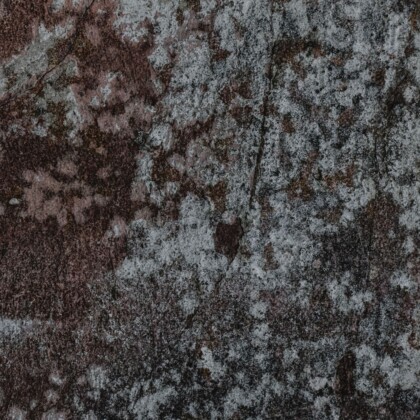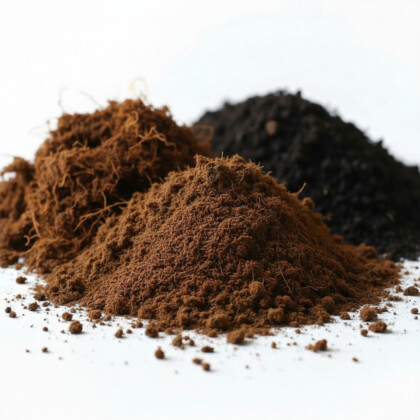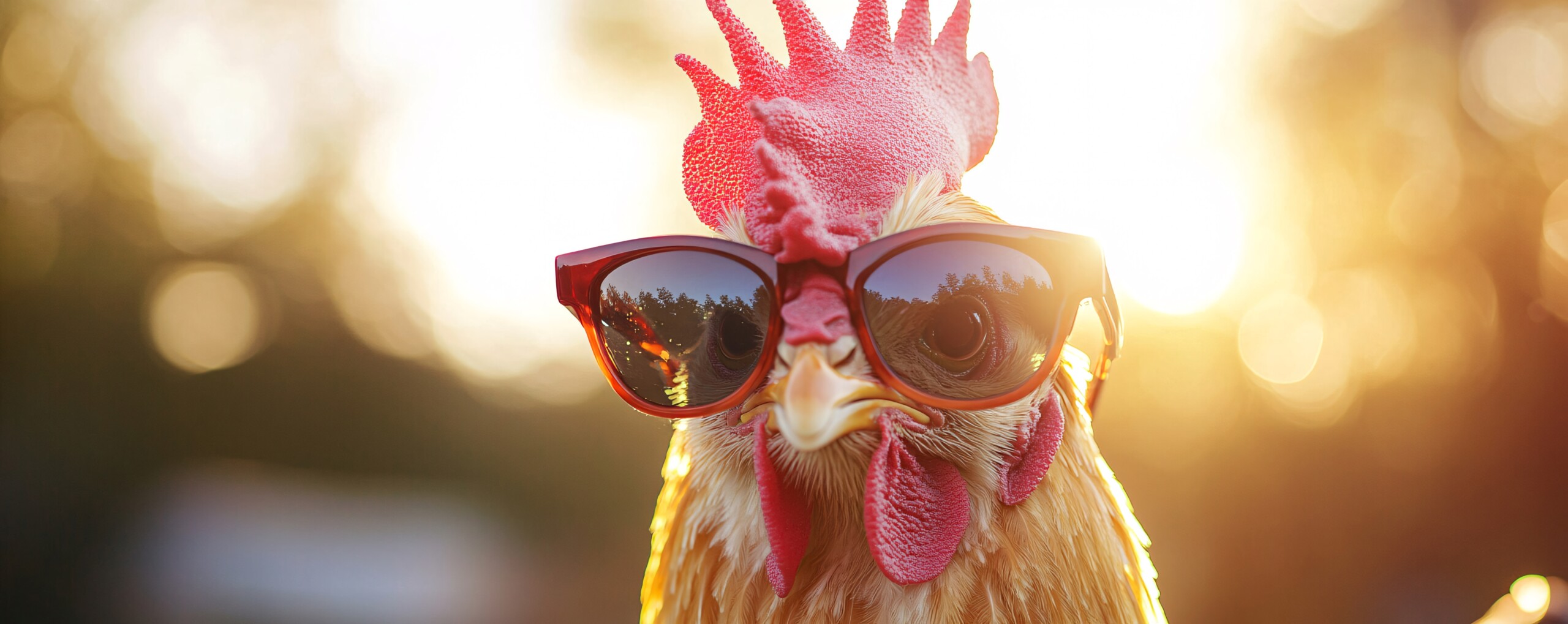

Choosing the right bedding material is vital for maintaining a clean, healthy, and sustainable environment for poultry. Peat moss, a natural and highly absorbent material, has emerged as a popular eco-friendly alternative to traditional options like straw or wood shavings. However, like any material, it comes with both benefits and considerations. This post explores why peat moss is a standout choice for poultry bedding, focusing on its benefits, potential challenges, and ways to mitigate health risks.
For more information on our poultry bedding options, visit our chicken bedding page.
Peat moss offers exceptional moisture absorption, odor control, and antibacterial properties, making it an eco-friendly and practical bedding material for poultry.
Its natural acidity inhibits harmful bacteria while neutralizing ammonia odors. Despite its benefits, peat moss can generate fine dust particles that may affect the respiratory health of both poultry and farm workers. Proper ventilation, personal protective equipment (PPE), and dust management measures are essential for safe and effective use.
Superior Moisture Absorption
Peat moss can absorb water up to 16-25 times its dry weight, keeping poultry houses dry and reducing the risk of dampness-related health issues.
This moisture management enhances the overall comfort and health of poultry, minimizing conditions like footpad dermatitis.
Natural Odor Control
Peat moss effectively neutralizes ammonia odors from poultry waste.
This helps maintain air quality in enclosed spaces, ensuring a healthier environment for birds and reducing discomfort for farmers and nearby residents.
Antibacterial Properties
Thanks to its natural acidity and antimicrobial compounds, peat moss suppresses the growth of harmful bacteria and fungi in poultry bedding.
This reduces the spread of diseases, supporting healthier and more productive flocks.
Challenges and Mitigation Strategies
While peat moss has many advantages, recent studies from Canadian Poultry Magazine highlight potential health concerns related to dust generation in poultry barns. Fine particulate matter from peat moss bedding can pose respiratory risks for birds and workers, potentially leading to symptoms such as shortness of breath and eye irritation.
To address these concerns, consider the following:
- Personal Protective Equipment (PPE): Workers should wear fitted N95 masks to reduce inhalation of fine dust particles.
- Ventilation: Improving barn ventilation can lower dust concentrations, enhancing air quality for both poultry and humans.
- Moisture Management: Keeping the bedding at optimal moisture levels reduces dust generation. Implementing sprinkler systems can also help.
Kuntze, a poultry expert, highlights the balance between managing dust and leveraging peat moss’s benefits:
“There can be more dust with peat moss because it is a finer product, but that’s also what gives it strength as a highly absorbent bedding. It does take some management and it’s surprising how little you need to keep birds dry.”
For more insights on the challenges and recommendations for peat moss bedding, refer to the detailed article on Canadian Poultry Magazine.
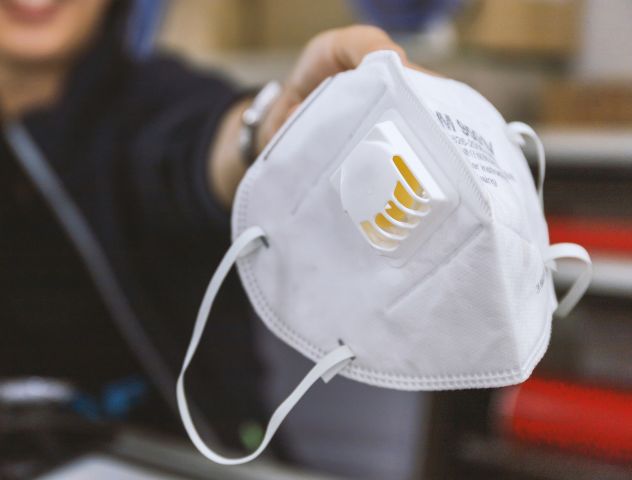
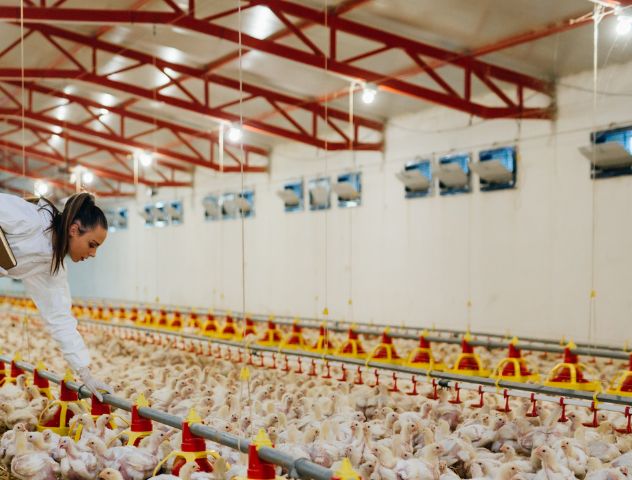
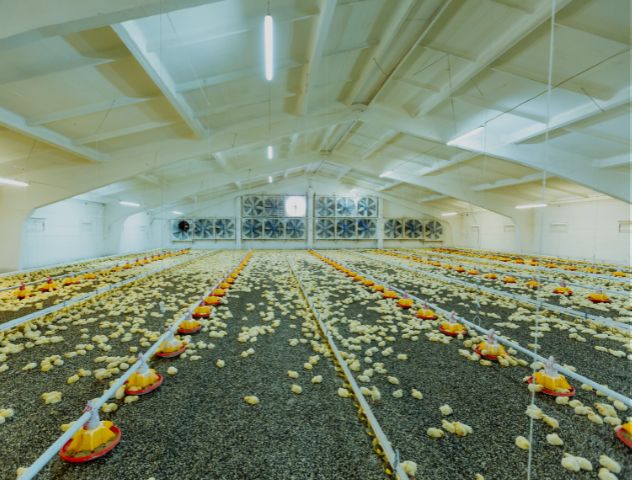
Sustainable and Compostable
Peat moss is biodegradable and can be repurposed as a nutrient-rich soil amendment after use.
This aligns with sustainable farming practices, reducing waste and supporting soil health while enhancing crop yields through improved soil fertility.
Why Choose Peat Moss?
Peat moss stands out as an eco-friendly, efficient, and sustainable bedding option for poultry. Its unique properties create a cleaner and healthier environment while supporting sustainable practices.
By adopting peat moss bedding and addressing associated risks, poultry farmers can improve flock health, reduce odors, and minimize environmental impact.
Key Takeaways
Absorbs moisture efficiently, keeping poultry houses dry.
Controls ammonia odors naturally, improving air quality.
Biodegradable and compostable for sustainable waste management.
Antibacterial properties promote flock health.
Dust-related health concerns can be mitigated with proper safety measures.
